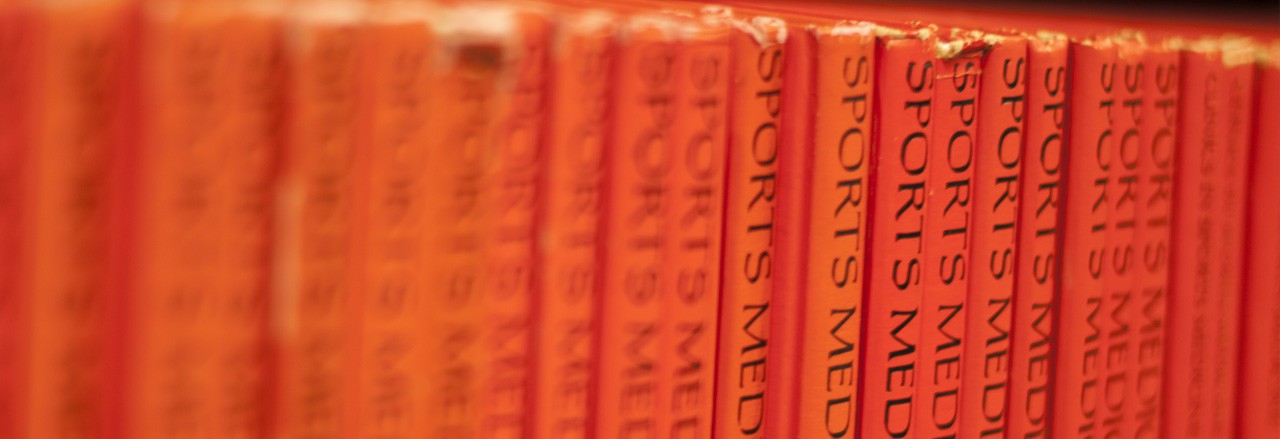General
- Lateral epicondylitis also known as tennis elbow is the most common cause of elbow pain. As one may expect, given its name, lateral epicondylitis is quite common among tennis players (50% lifetime risk), but may occur in anyone who performs repetitive wrist extension. Lateral epicondylitis is particularly common among painters, plumbers, carpenters, butchers, mechanics, and chefs, but can occur in anyone.
- Medial epicondylits also known as golfer’s elbow is far less common than lateral epicondylitis. It affects men and women equally and most commonly occurs in the dominant arm.
Anatomy
- The muscles that allow you to bend your wrist back (extend) attach to the outer bony prominence of the elbow (lateral epicondyle). Tennis elbow is irritation and damage to the insertion of these extensor tendons. The tendon most commonly involved in tennis elbow is called the Extensor Carpi Radialis Brevis (ECRB). The ECRB muscle helps stabilize the wrist when the elbow is straight. This occurs during a tennis groundstroke, for example. When the ECRB is weakened from overuse, microscopic tears form in the tendon where it attaches to the lateral epicondyle. This leads to inflammation and pain.
- The muscles that allow you to bend your wrist down (flex) attach on the inner bony prominence of the elbow (medial epicondyle). Golfer’s elbow is irritation and damage to the insertion of these tendons.
Risk Factors
- Overuse
- Repetitive activities
- Age 30-50 years
Symptoms
- Tennis Elbow
- Pain over the outside of the elbow
- Pain and weakness with wrist extension and grip
- Golfer’s Elbow
- Pain over the inside of the elbow
- Pain and weakness with wrist flexion and grip
- Inflammation of the ulnar nerve is common
Diagnosis
- Physical examination
- Areas that reproduce pain
- Range of motion
- Specific tests to reproduce pain
- X-rays look at the bony structures of the elbow for abnormalities
- MRI may be useful to get a better look at the soft tissue structures if symptoms fail to resolve with initial conservative care or if the diagnosis is questionable.
- EMG is a nerve test that may be performed if Dr. Taylor suspects nerve compression. Many nerves travel around the elbow, and the symptoms of nerve compression are similar to those of medial and lateral epicondylitis. This is more common for Golfer’s elbow.
Treatment
- Non Surgical – vast majority of patients (95% of tennis elbow and 80% of golfer’s elbow) get better without surgery
- Rest and Activity Modification to change your activities to avoid those things that cause irritation.
- Non-steroidal anti-inflammatory (NSAID) medication by mouth can improve the inflammation in the short term to allow more effective physical therapy.
- Equipment Check if you participate in racquet sports, Dr. Taylor may encourage you to have your equipment checked for proper fit.
- Counterforce Brace is a strap that goes around the forearm and may be helpful to relieve symptoms.
- Physical Therapy is an important tool to help stretch the injured muscle/tendon. Specific strengthen exercises are used to improve symptoms and prevent recurrence.
- Platelet-Rich-Plasma (PRP) Injection has been shown to help lateral epicondylitis if initial non-operative treatments (above) have failed.
- Cortisone Injection is NOT recommended by Dr. Taylor for this problem.
- Surgery is used in a small subset of patients with persistent symptoms (>6 months).
- The diseased tissue is removed and healthy tissue is repaired to bone.
- Physical therapy is an important part of recovery after surgery.
- Typical recovery time is 4-6 months for full return to activities.


